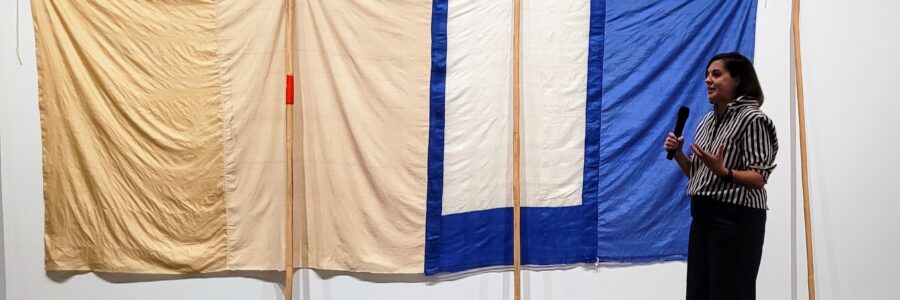
The Menil Collection Opens Robert Rauschenberg: Fabric Works of the 1970s
The exhibition is organized for the one hundredth birthday of the Texas-born artist in collaboration with the Robert Rauschenberg Foundation
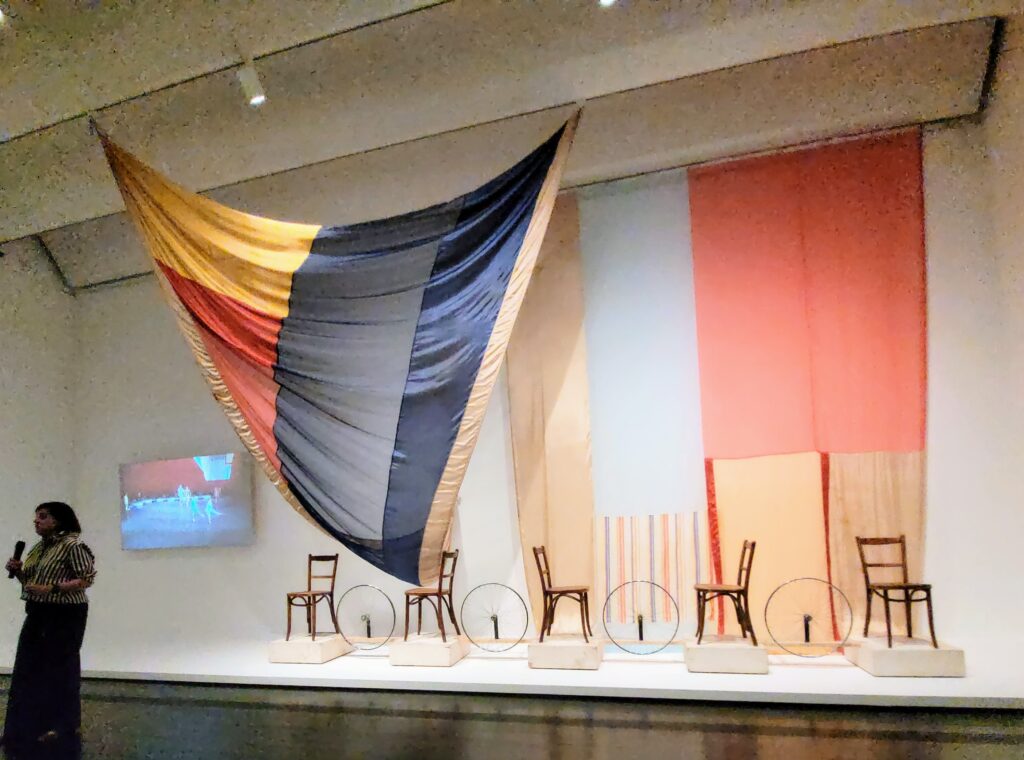
The Menil Collection opened the Robert Rauschenberg: Fabric Works of the 1970s exhibit on September 19 and will be on view at
the Menil through March 1, 2026.
The presentation features major loans from museum collections and the artist’s foundation and will be the first museum survey of Rauschenberg’s innovative use of cloth in this era.
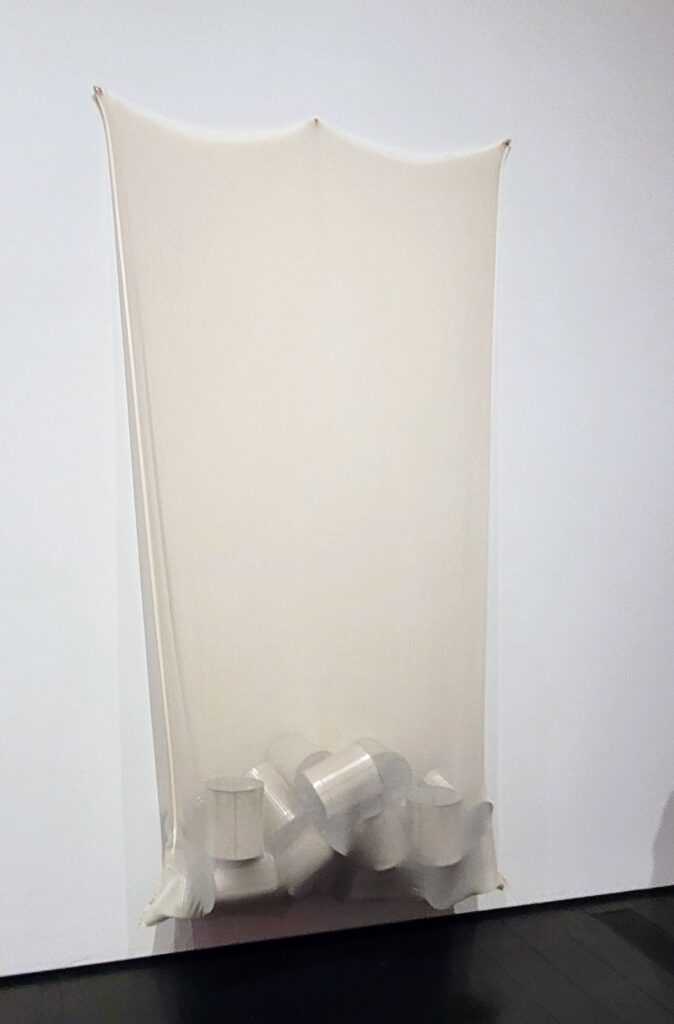
Rebecca Rabinow, Director, The Menil Collection, said, “Robert Rauschenberg was a close friend of the Menil. He first met the museum’s founders John and Dominique de Menil in the early 1960s. He attended the inauguration of the museum in 1987 and subsequently was the subject of several major exhibitions organized by the Menil’s curators. We are proud to continue this lineage and work with the Robert Rauschenberg Foundation to mark the centennial of the artist’s birth, directing attention to an intriguing yet understudied facet of Rauschenberg’s oeuvre.”
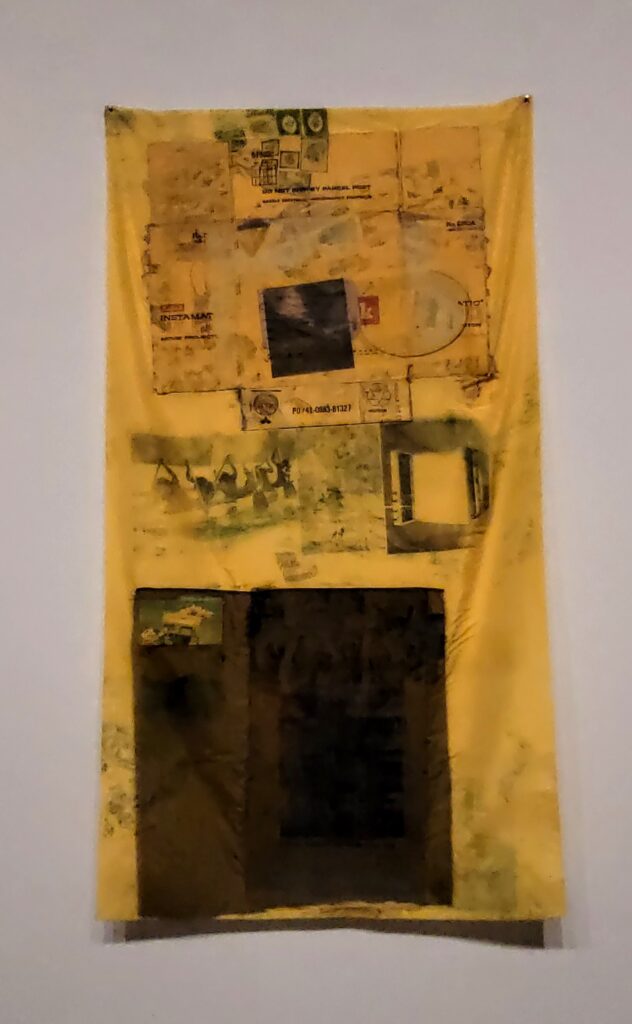
ABOUT ROBERT RAUSCHENBERG:
Born in Port Arthur, Texas, a small coastal town ninety miles east of Houston, Robert Rauschenberg (1925–2008) is an influential figure in the history of modern and contemporary art. Renowned for his ability to break down categories between art and life, he expanded the very definition of art. After a brief time at University of Texas at Austin and serving in the Navy, he came of age in the New York art world of the late 1950s. By 1964, he was lauded in the press as the most important American artist since Jackson Pollock.
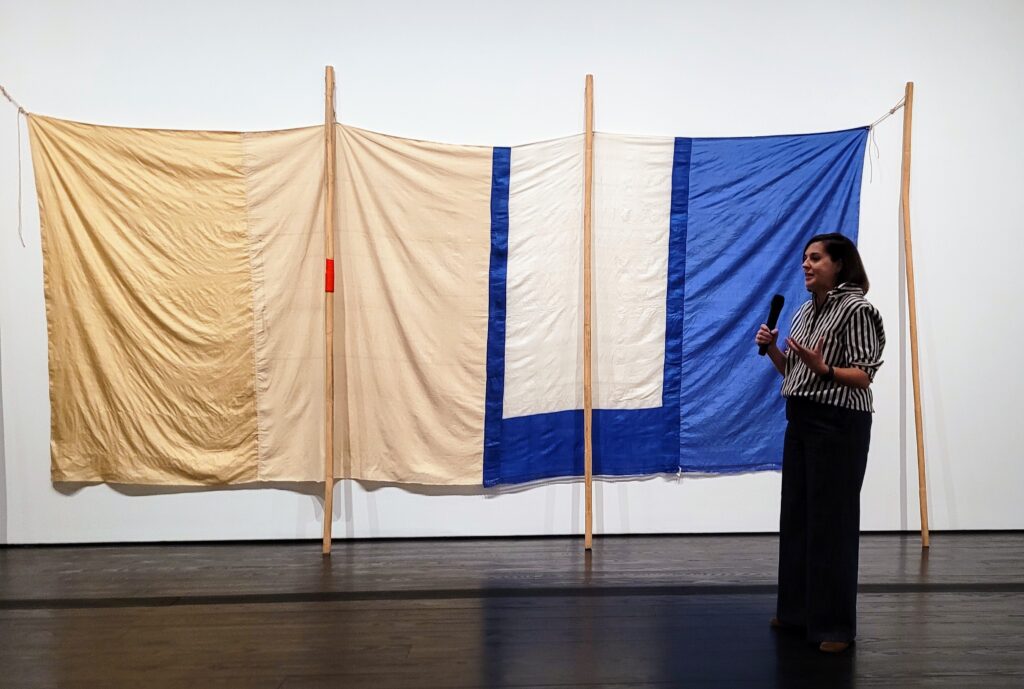
In the 1970s, the artist turned to the expressive potential of textiles, from diaphanous silk and delicate lace to roughly hewn cheesecloth and stained drop cloths, in multiple series that celebrate the formal properties of fabric and present an unexpected array of artistic gestures. The artist draped, folded, suspended, and propped the soft medium into dynamic and layered physical arrangements.
In this decade, Rauschenberg had also begun spending more time away from New York at his home on Captiva Island off the Gulf Coast of Florida. Here, he began exploring more extensively how woven materials hold printed images, move in the air, respond to gravity, and capture color and light. Building on the innovations of minimalism, Rauschenberg adopted flexible, open, and sail-like structures distinguished by vivid hues within a reduced vocabulary of form.
EXHIBIT PERSPECTIVE:
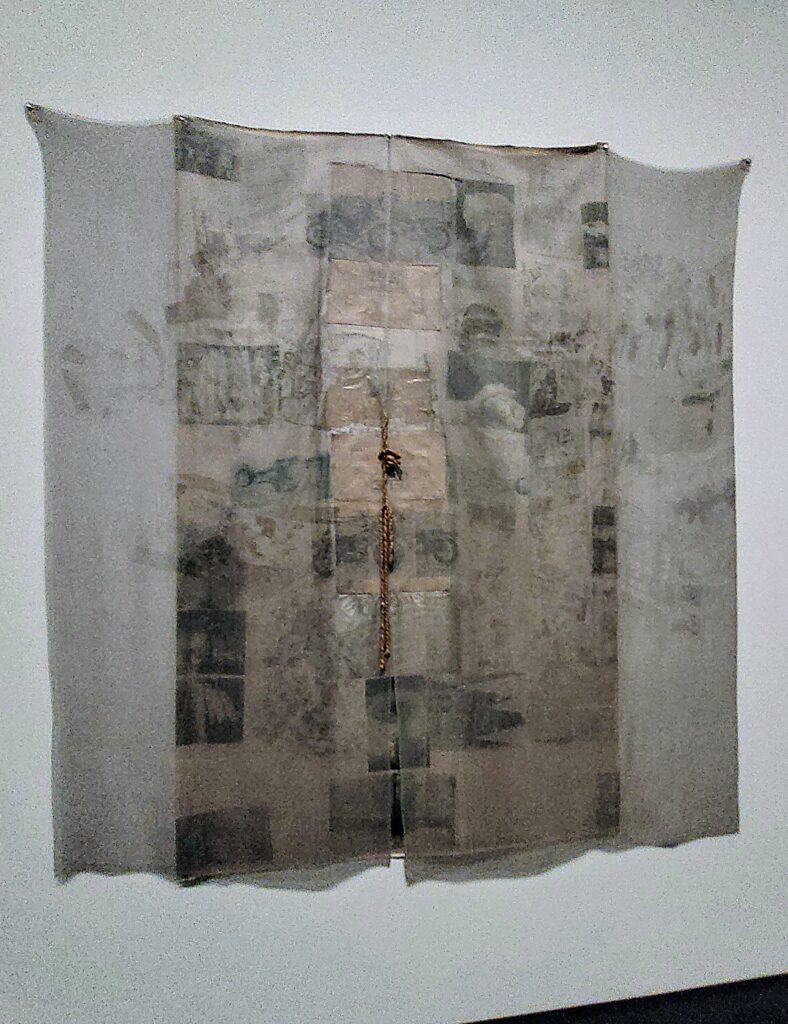
Fabric Works of the 1970s features significant series Rauschenberg created during this era, using techniques and materials that speak to notions of ephemerality, sensuality, and ambiguity.
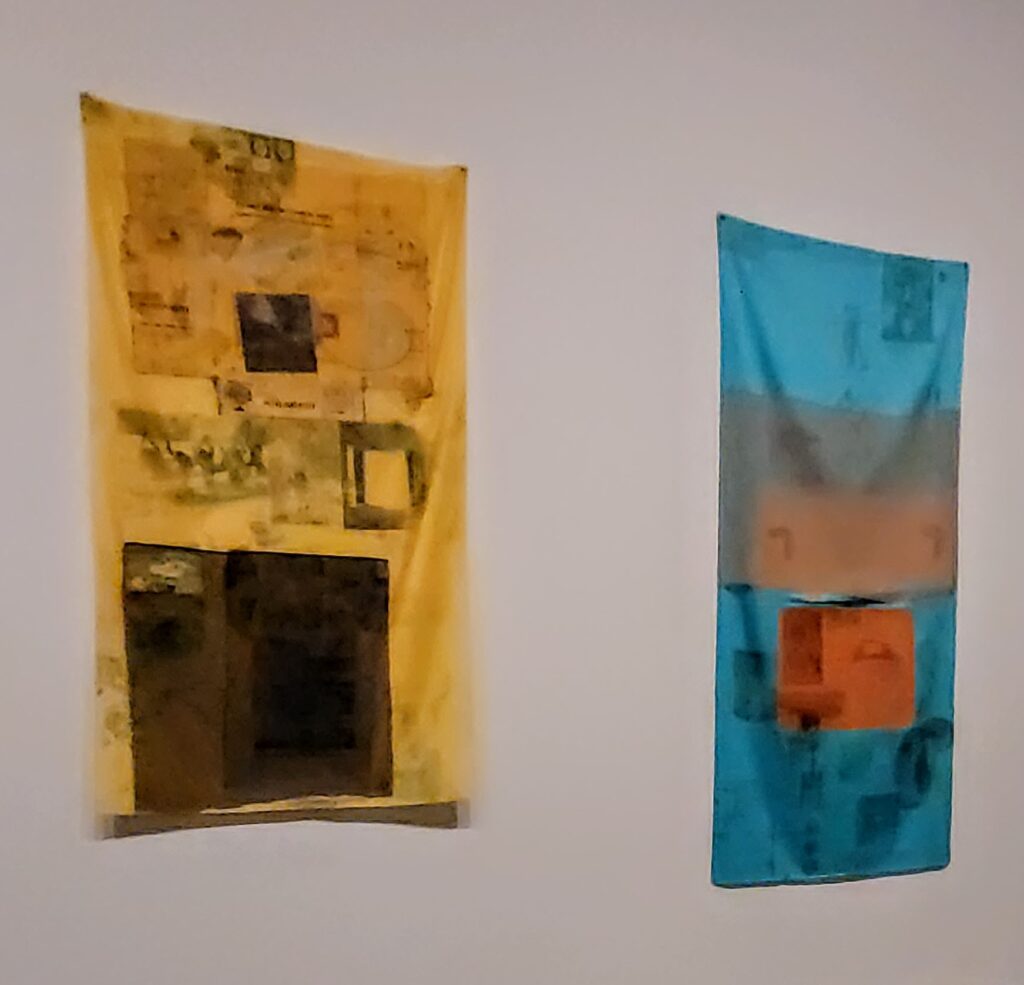
Michelle White, Senior Curator, The Menil Collection, said, “This exhibition looks at Rauschenberg’s fascinating use of woven materials in the 1970s, which reflect his career-long interest in not only the intersection of art and life, for which the artist has become so well known, but his acumen with fabric stemming from his early interest in fashion design and deep understanding of how woven material can so beautifully relate to the body. As such, the artist’s utilization of fabric at this time, along with his engagement with the language of minimalism, provides a new way to consider the artist’s work at mid-career, one that anticipates so many contemporary concerns in the decades to follow.”
ABOUT THE MENIL:
Menil programs are free and open to everyone. Learn more at menil.org/events.
Photos: V. Sweeten